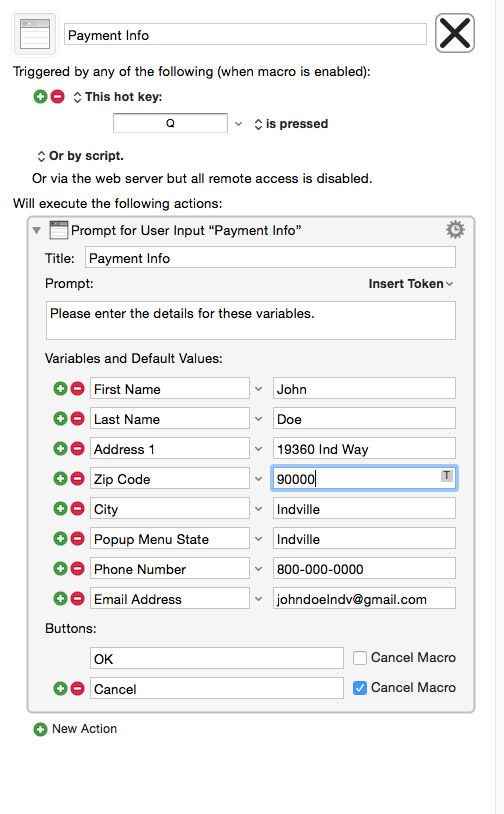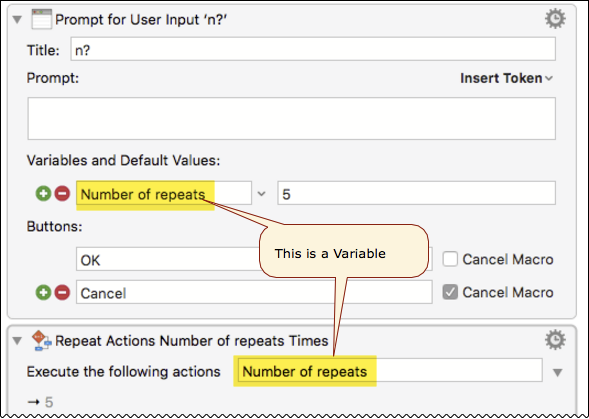
The separator trick doesn't work with them, though. Since KM 5, you can use a dash as macro name, which is displayed in the menu as a separator.ĥ Also new in KM 5, AFAIK, is the possibility to prefix group names in the same way, so you can reorder them too in the menu. The second trick is to use those prefixes to make separators out of empty macros, like "10)-" and "20)-" above. Here's what that Text submenu looks like from KM Editor:

The first trick is that you can prefix a macro name with a number, followed by a closing parenthesis, and that prefix will be used for sorting the macros but won't be displayed in the menu or in palettes (thanks again to Peter for implementing that feature when I was the only one bugging him about it!). But there's also a couple of tricks to organize the menu items themselves, like in the Text submenu below. Along with using and naming groups as I explained above, it allows me to organize the menu nicely. My preferences for displaying the Status Menu are set to "Always Show Status Menu" and "Display Status Menu: Hierarchically" (from the General pane of the Preferences window). It makes it even easier to find the group you're looking for: That way I always know where to look for a given macro, and my KM menu and editor are neatly organized.Ħ In KM6 you can give icons to groups and macros, which is pretty cool. "TAB SWITCHERS", where I keep the macros to switch between tabs in Safari and Fluid instances (I often use KM to remap hotkeys that are unpracticable on my AZERTY keyboards), or "RESTARTER" where I keep macros that run when an application launches to restore its windows. The last kind of group is named all in capitals, like "SWITCHERS", where I keep the macros to switch between applications and windows. For example "Clipboard" contains all my macros that deal with clipboards, "Text" contains only macros that affect text selections, "Launch" contains macros that launch applications or documents, and so on. I have a different group for each kind of task. The groups of the second kind are named the usual way (for example "Clipboard").

Keyboard Maestro (4.3.1 at the time of original writing) is a fantastic macro program that I've been happily using (and beta testing) for years and for tons of different things.


 0 kommentar(er)
0 kommentar(er)
